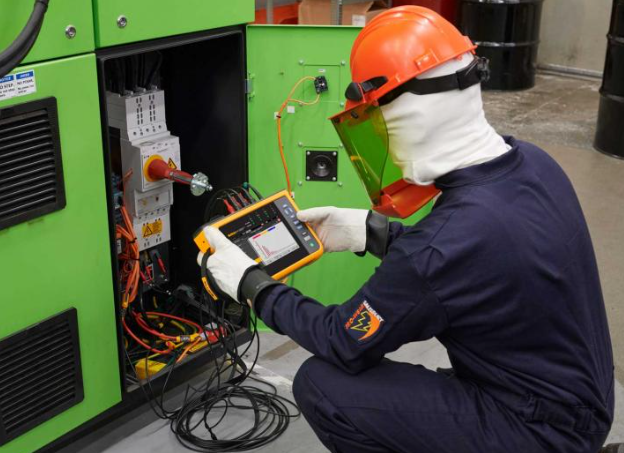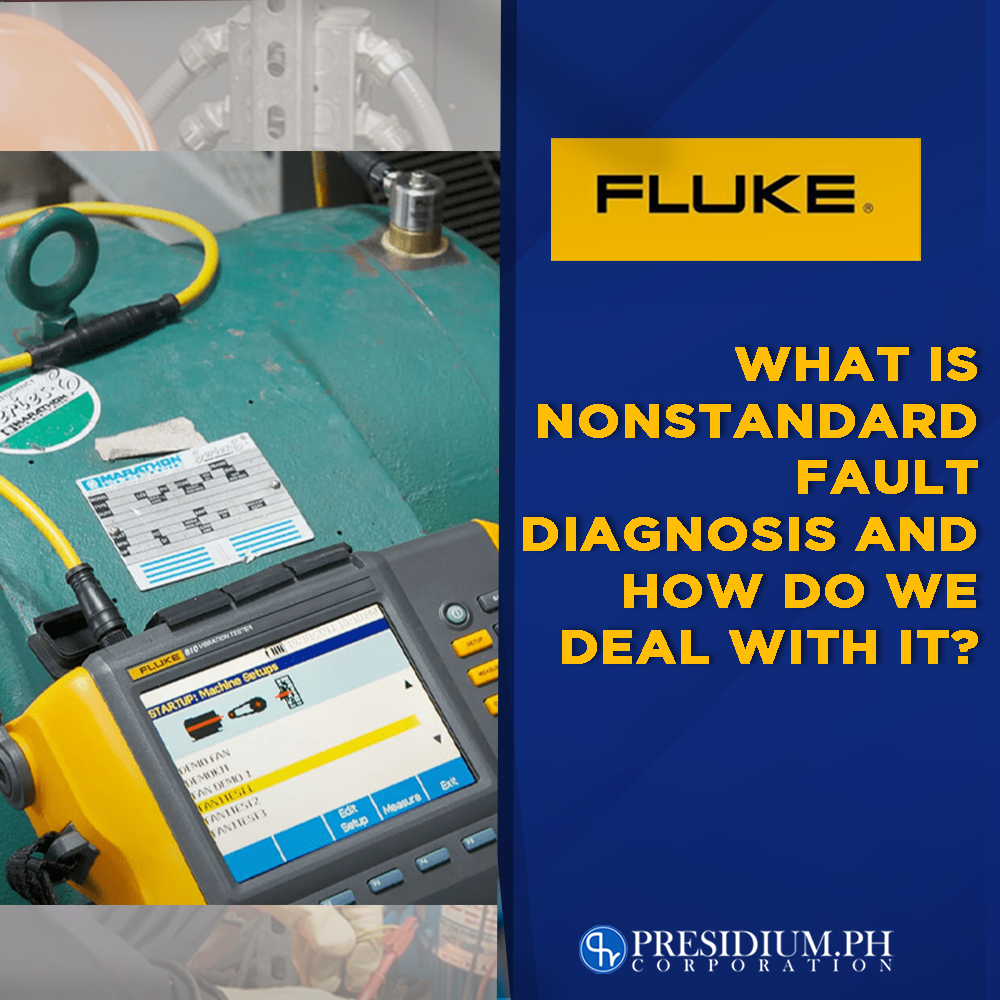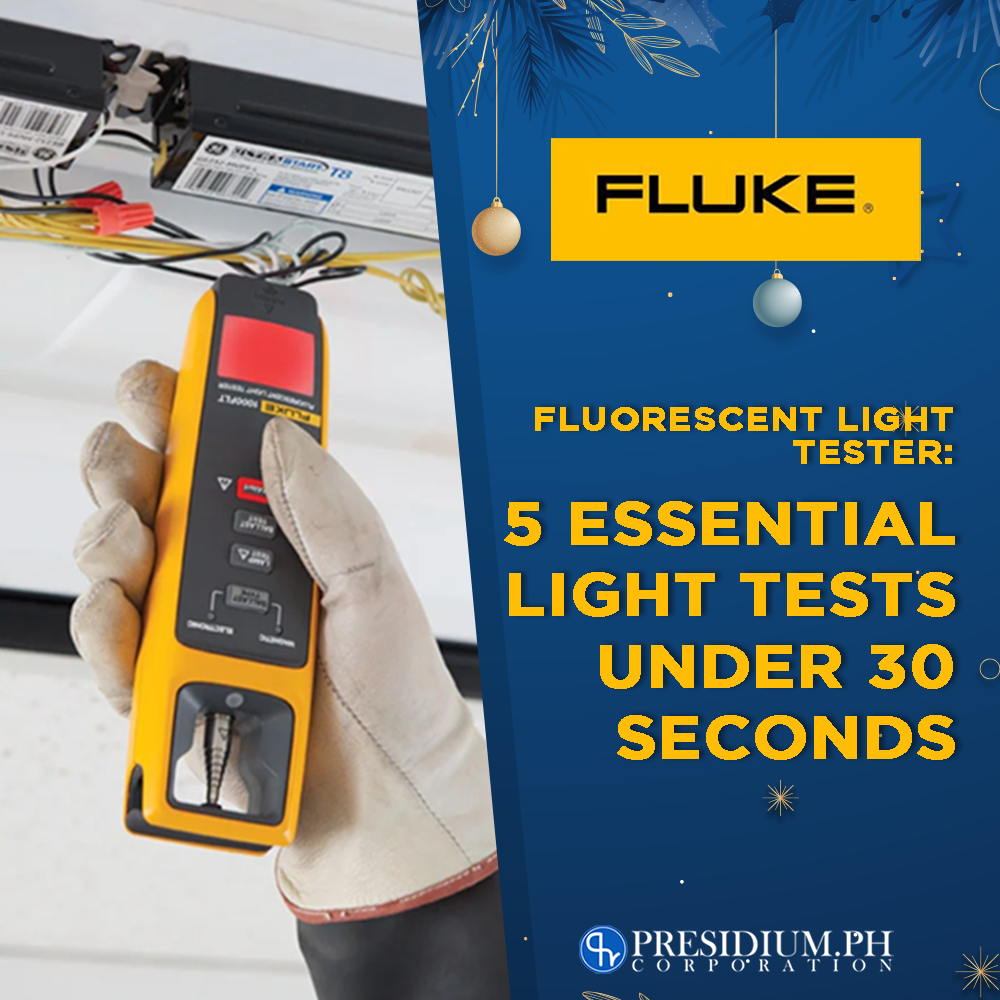5 Amazing Things About Fluke Pocket Thermal Cameras
We all know Fluke thermal cameras come in a big telephone-like structure, but did you know that there’s a portable one? Small but terrible is a way to describe the Compact Fluke PTi120 Pocket Thermal Camera. You would never wish to underestimate its capabilities since it boasts absolute efficiency and ease for workers who are in the industrial field.
Technically, having anything portable always stands as efficient and useful. This pocket thermal camera is considered one of the favored devices for industrial workers for its small design. But this little tool isn’t just known for its “portable” nature, but it also has a lot of amazing functions and benefits to offer workers during operations.
The benefits of Fluke Pocket Thermal Cameras…
Regular inspections can help you develop great quality in terms of machine work. And one of the tools that promote the quality of industrial machines is none other than Fluke pocket thermal cameras. Even informal inspections hold so much importance. In line with this, using a small thermal camera can give you an opportunity to give machines a quick scan.
By doing this, you’ll have more advantages of knowing faults before waiting for drastic measures to take a turn. Pocket thermal cameras can be very well helpful. You can simply fit it into your back pocket and take it out whenever you feel like there’s something fishy about how your machine’s acting.
1 It is portable that you can fit it in your pockets.
Sometimes, big problems require small solutions. One of the best advantages of pocket thermal cameras is being small. Who doesn’t want devices that can fit in your pockets? Its sleek frame can easily fit anywhere! You won’t even get bothered by its weight since the Fluke pocket thermometers are considerably light. This is definitely one tool that you want to have with you the entire day when making inspection rounds, or if you need a handy device that you can pull out any time when the situation calls for it.
2 You can automatically save your thermal images.
Devices nowadays are truly a wonder. They make your life easier, and the Fluke pocket thermal cameras are not indifferent to this innovation. By using this tool, you won’t have to undergo the painful process of taking out USBs and sticking them to the right places, rather now, all you need is wifi.
Yes, that’s right, you can now take thermal images and send them with your Fluke tool via wifi! In this way, you can send real-time diagnostics as soon as you get the results. This will be advantageous in reducing unwanted downtimes and providing timely and accurate diagnostics.
3 Use it for quick temperature scans.
As we’ve mentioned, these pocket thermal cameras are ideal for quick temperature scans since they will likely be tucked in your pockets for the entire day. This camera can also be beneficial in pinpointing and conducting simple and fast tests for possible issues with pieces of equipment. You no longer need to walk long distances to get the right tool for the job since the best tool for it can already fit in your pockets!
4 Small but durable!
As all Fluke tools are known, they are undeniably rugged, safe, and reliable. And these qualities don’t cancel out even the smallest of tools. You might think that the Fluke pocket thermal camera is fragile, but you might want to think again. With an IP54 enclosure rating and a 1-meter drop survival, the PTi120 was built to be tossed in your tool bag. It can endure rough handling, yes, but keep in mind that the longevity of your tools depends on how you care for them.
5 You can get your preferred level of infrared.
Make locating problems easier by simply adjusting the visible light image. Detecting hot and cold spots is generally quite difficult without a trained eye, especially spotting the problematic ones. However, rest assured that the Fluke pocket thermal camera can be able to make your life easier by being its user-friendly self. In this way, second-guessing and false results can be minimized to a down low! Cool right?
Get your Fluke tools through an authentic source!
Hey, you made it to the bottom! Are you currently looking for the best-performing test tools in the market to run daily maintenance checks on your machines? You’re in luck cause Presidium PH is an authorized distributor of Fluke test tools in the Philippines. Prevent these faults from penetrating your machine by using the best test tools there are!
If you want to know more about Fluke tools and their functions, visit our website for more info! This is a one-stop-shop for the best test tools within Metro Manila.











